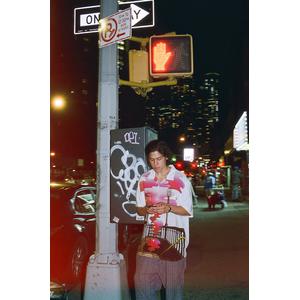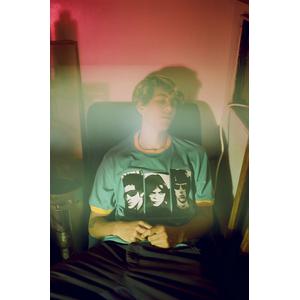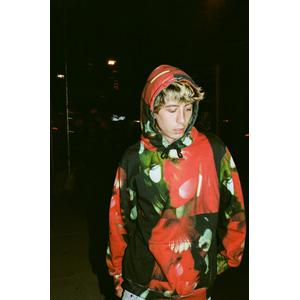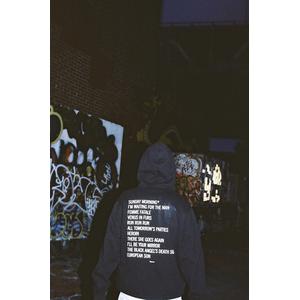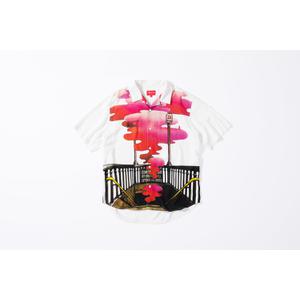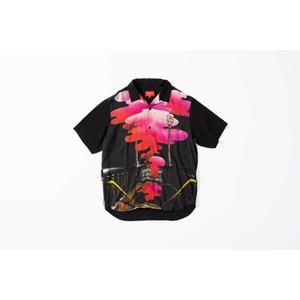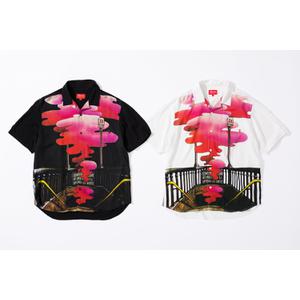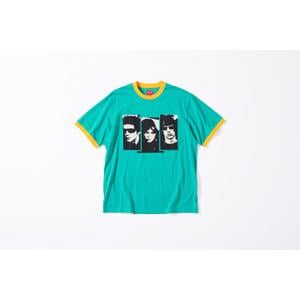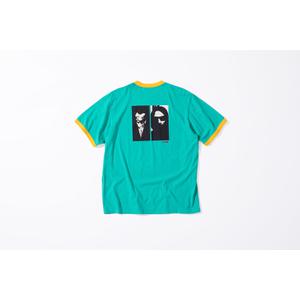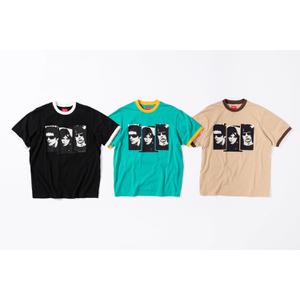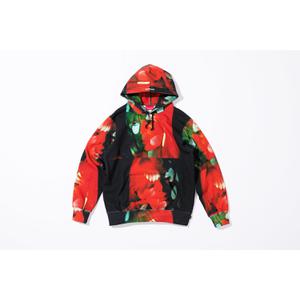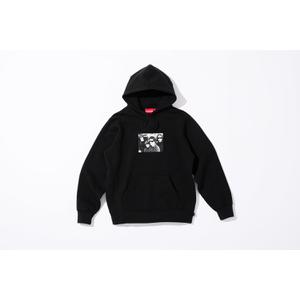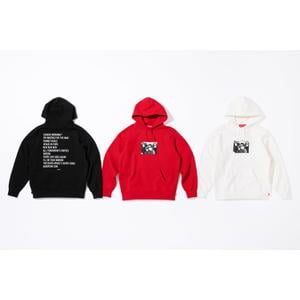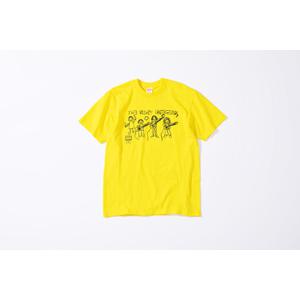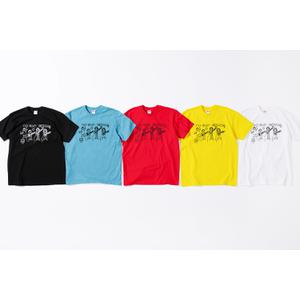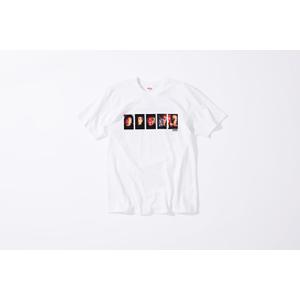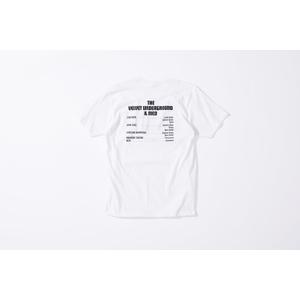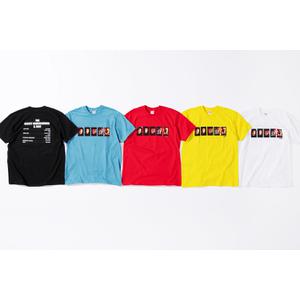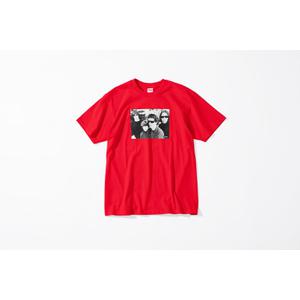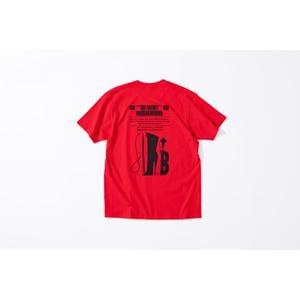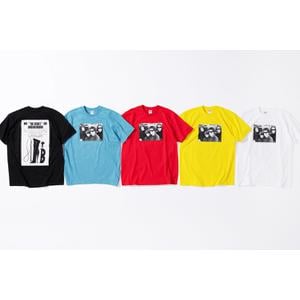New York City rock band The Velvet Underground came together in 1964, when Lou Reed met John Cale. Reed (then an in-house composer at pop-rock song factory Pickwick Records) crafted songs that were both carnal and catchy. His lyrics – about addiction and androgyny, desire and redemption – drew equal influence from poet Delmore Schwartz and his drug dealer. Cale – who dealt in drones, dissonance, pulse and improvisation as a member of La Monte Young’s avant-garde ensemble – also nodded to the soul riffs of Marvin Gaye. The pair set out to form a band that would energize popular music with the experimental sensibilities they shared. Recruiting guitarist Sterling Morrison and drummer Maureen Tucker, the group fittingly adopted the title of Michael Leigh’s exposé on American sexual deviancy, The Velvet Underground, as its name.
Despite its relatively short lifespan, The Velvet Underground fundamentally changed rock music. The band’s transformative debut album was an explosion of possibilities; it set the stage for decades that followed its 1967 release. The record featured haunting vocals by German model and chanteuse Nico, and was produced by Andy Warhol. After first watching the Velvets play at a Greenwich Village club in 1965, Warhol tapped the group as his Factory house band and featured its members in his underground movies. Despite the Velvets’ affiliation with the Pop Art superstar, the record failed to move more than 30,000 copies in its early years. According to Brian Eno, though, "everyone who bought one of those 30,000 copies started a band.” Punk, grunge, glam, goth, noise and new wave can all trace their subversive roots to The Velvet Underground and its downtown decadence.
This Fall, Supreme will release a collection featuring original album artwork from The Velvet Underground’s discography. The collection consists of a Rayon Shirt, Ringer Tee, two Hooded Sweatshirts and three T-Shirts.
Available in-store NY, Brooklyn, LA, London, Paris and online September 19th.
Available in Japan on September 21st.
Supreme/The Velvet Underground
September 17, 2019 - via SC
x
Popup is Open
